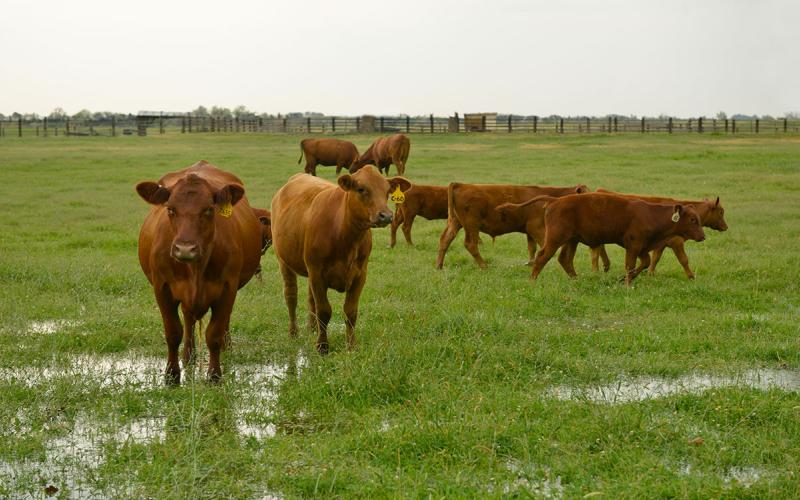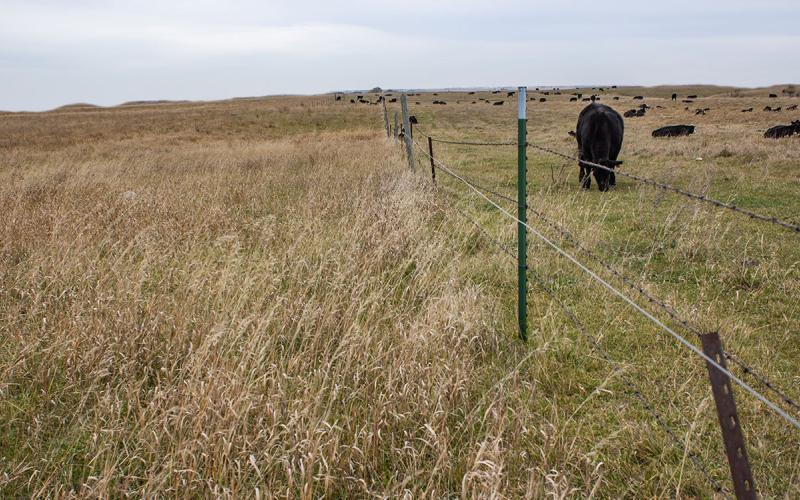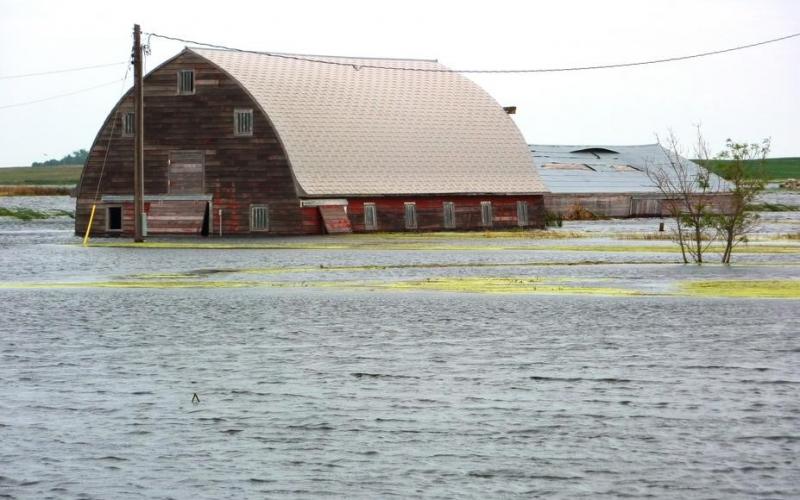Receding flood water is just the start of recovering pasture ground. Livestock producers need to assess damage to pastures and check possible disaster assistance programs by contacting your local Farm Service Agency and Natural Resources Conservation Service office. There are four categories to evaluate before regrazing can occur – debris, silt on the forage, plant health (thinned or dead), and infrastructure (fences and water source).
Pasture Evaluation
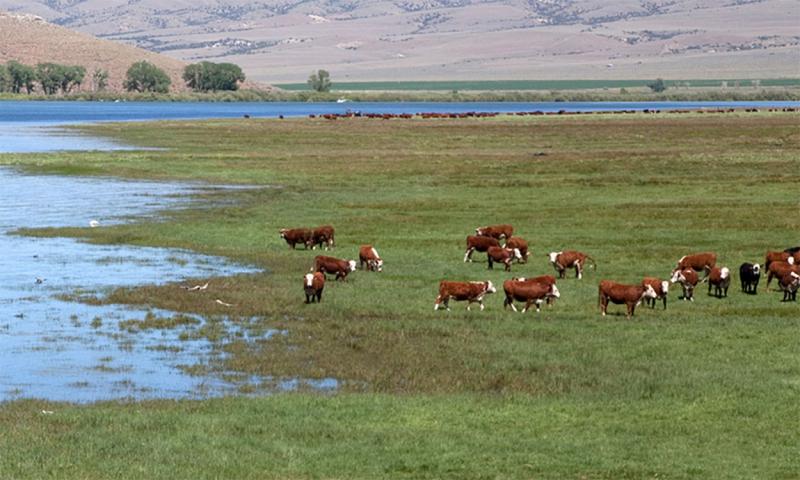
Debris
After the water has receded and soils firms up, removal of any debris that may cause injury or negatively affect animal health should be removed. This can include wire, metal, wood with nails and trash; these items are often found along fence lines or in the corners of fields. These items can also have a negative impact on water quality for livestock consumption.
Silt on the forage
With flood water, soil particles also move, causing buildup on plants. The additional silt on forages can reduce animal performance. This is because the animals would be consuming a higher amount of undigestible silt particles with their diet. As forages regrow, the silt content will be diluted, but this takes time. Often, it is not feasible to remove silt, so waiting for rain and plant regrowth is the best practice.
Plant health
Plant survivability is extremely dependent on time submerged in water, due to oxygen availability. If water stands for a prolonged period of time, oxygen levels drop, and survivability is drastically reduced. In contrast, chances of plant survival is higher in water that is constantly moving during a flash flooding situation. However, extremely rapid moving water may uproot plants and cause gullies that kill all foliage anyway.
Pastures with a higher amount of sod-forming grasses will likely recover faster and be more resilient against hoof traffic. This is because sod-forming grasses reproduce asexually with rhizomes or stolons and can quickly send out tillers that will re-colonize an area. In contrast, pastures with a high amount of bunch grasses can take longer to recolonize a damaged area. This is because bunch grasses tend to rely more on pollination and seed production to grow new plants.
Many cool-season species, such as intermediate wheatgrass, creeping meadow foxtail, and reed canary are grasses that can withstand higher soil moisture levels. It is likely that many warm-season grasses, which are farther behind in the growth curve, will be more negatively affected by flood waters. If reseeding is necessary, consider a mix that includes a higher percentage of cool-season, sod-forming grasses. Reseeding these grasses could allow for decent growth and recovery to occur before the dormant season. It is important to establish soil cover before the dormant season.
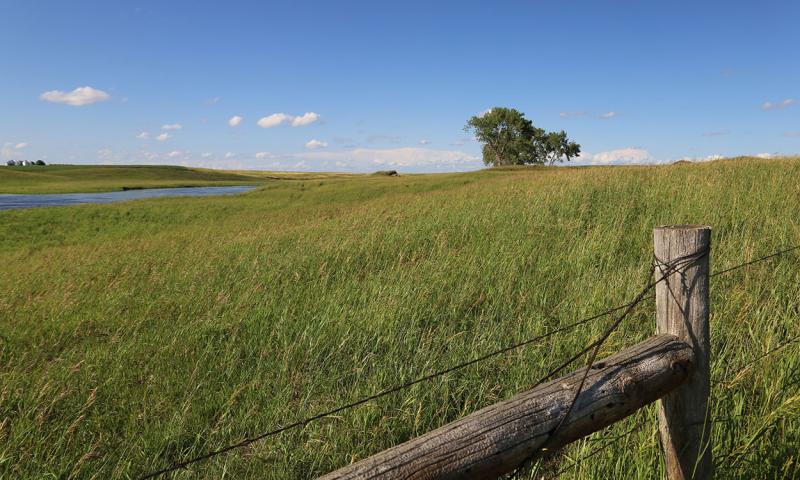
Infrastructure
Prior to placing animals into a pasture, fence lines need to be inspected and repaired as needed. Prolonged submersion can have significant impacts on wire strength and repeated repairs may be necessary as rust forms. Wooden posts can also rot from standing water and may need replaced later on.
Water sources need to be repaired and tested to ensure water is suitable for livestock consumption. Be sure to have water sources tested for nitrates and contaminants. Flood waters are often highly contaminated. Testing surface water is also important, as there may be residual standing water sources from the flood.
Grazing Post-Flood
Once you have evaluated these factors and completed the necessary corrective measures, re-grazing can be considered. It is important to allow pastures to dry out to reduce damage from hoof traffic on the soft ground. Too much hoof impact can be detrimental to plants that are trying to regrow and recovery from the flood. Considering using a drylot or “sacrifice” pasture to allow plants extra time before initiating normal grazing again.
It is critical to wait to turnout livestock until pastures are ready to be grazed. Native grasses should have a minimum of 3.5 leaf blades before grazing. In some cases, grazing may not be possible during this growing season. Once animals start grazing, be sure to leave more forage behind than usual to protect the soil surface, promote plant recovery, and minimize livestock consumption of potential flood contaminants.
Additional Resources
- Flood Resources, SDSU Extension.
- Considerations for Beef Producers Following a Flood Event, SDSU Extension.
- Livestock Loss Assistance Available, SDSU Extension.
- It’s Okay to Not Be Okay: Farm Stress Assistance in South Dakota, SDSU Extension.
